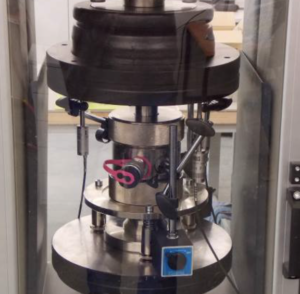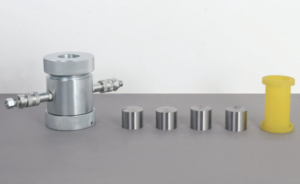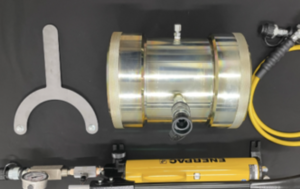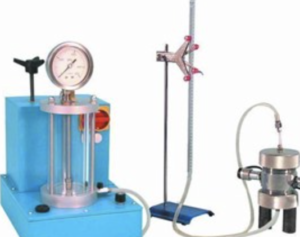How to Choose a Jaw Crusher?
Choosing the right jaw crusher is essential for efficient crushing operations—whether in a laboratory, mining site, or construction plant. The wrong choice can lead to wasted time, frequent downtime, or inconsistent product sizing. To make an informed decision, you need to match the crusher’s capabilities with the specific needs of your operation. Here’s how to do it.
Understand Your Material Characteristics
Not all jaw crushers are suitable for every material. The hardness, abrasiveness, moisture content, and friability of your material determine the type of jaw crusher you should choose.
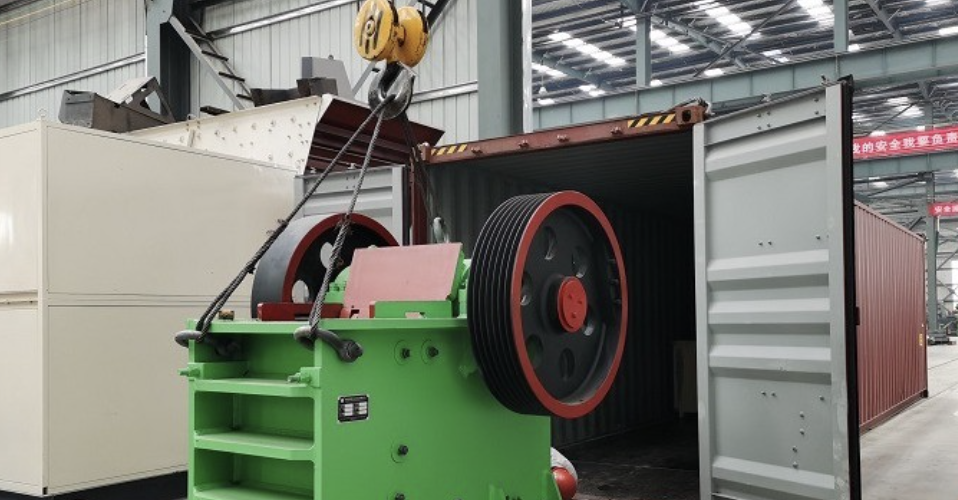
Ключевые факторы:
- Hardness1: Harder materials like basalt or quartz need crushers with stronger jaw plates.
- Abrasiveness2: Highly abrasive materials require wear-resistant liners (e.g., manganese steel or tungsten carbide).
- Moisture content: Wet or sticky materials may clog the crusher or reduce throughput.
- Sample purity3: For analytical labs, non-ferrous jaws prevent contamination.
| Тип материала | Recommended Jaw Plate Material |
|---|---|
| Hard rock (granite) | Manganese steel or tungsten carbide |
| Soft rock (limestone) | Hardened steel |
| Clean lab samples | Ceramic or chromium-free steel |
Pro Tip: Always match the jaw material to the sample’s hardness and desired chemical purity.
Determine Your Capacity Requirements
Crushers come in a wide range of sizes and throughput capacities. Knowing your daily processing volume and target particle size helps you select a model that meets demand without overkill.
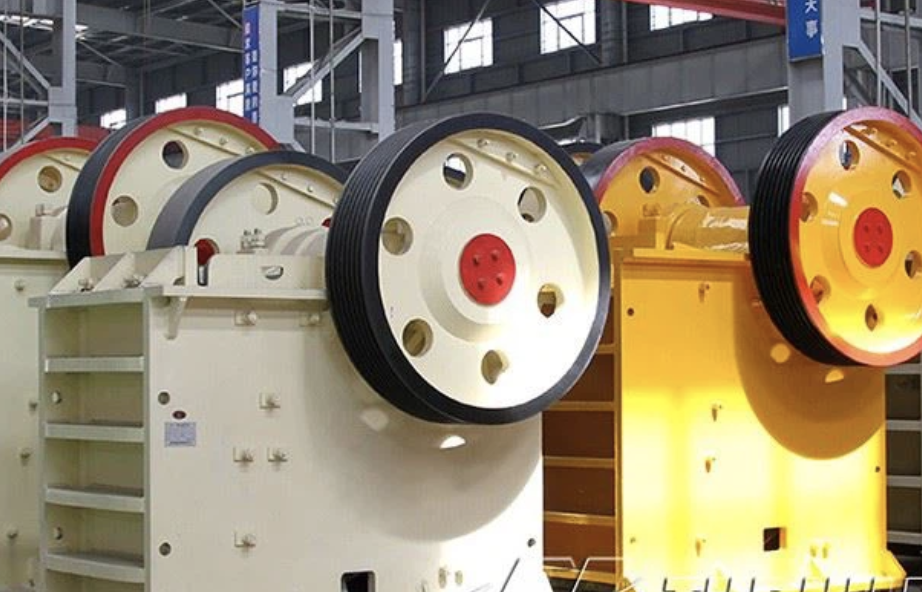
Questions to Ask:
- How many kilograms or tons per hour must you process?
- Is the crushing part of a continuous or batch process4
- Do you need a secondary crusher for finer sizing5
| Throughput Need6 | Suggested Crusher Type |
|---|---|
| ≤ 300 kg/h | Small lab-scale jaw crusher |
| 300–1,000 kg/h | Mid-range industrial model |
| ≥ 1,000 kg/h | Heavy-duty production unit |
Balance your need for speed with energy consumption, lifespan, and operational costs.
Evaluate Feed Opening and Discharge Settings
The feed opening size determines the maximum particle size the crusher can accept, while the discharge setting controls the final product size.
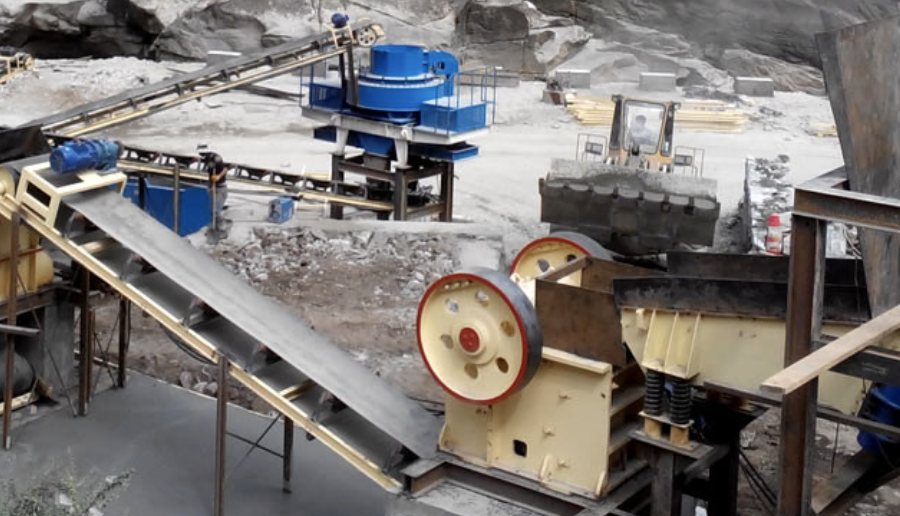
What to Consider:
- Max sample size7: It must be smaller than the feed opening (typically by 80%).
- Adjustability: Crushers with easy-to-adjust settings allow flexible particle size output.
| Компонент | Цель |
|---|---|
| Feed opening | Accepts incoming material |
| Discharge gap | Sets crushed material size |
| Jaw stroke & speed | Affects throughput and reduction ratio |
Pro Tip: Look for crushers with tool-free gap adjustment8 for faster workflow changes.
Consider Operational Efficiency and Maintenance
Finally, evaluate how easy the crusher is to operate, clean, and maintain—especially if it will be used daily in a lab or production line.
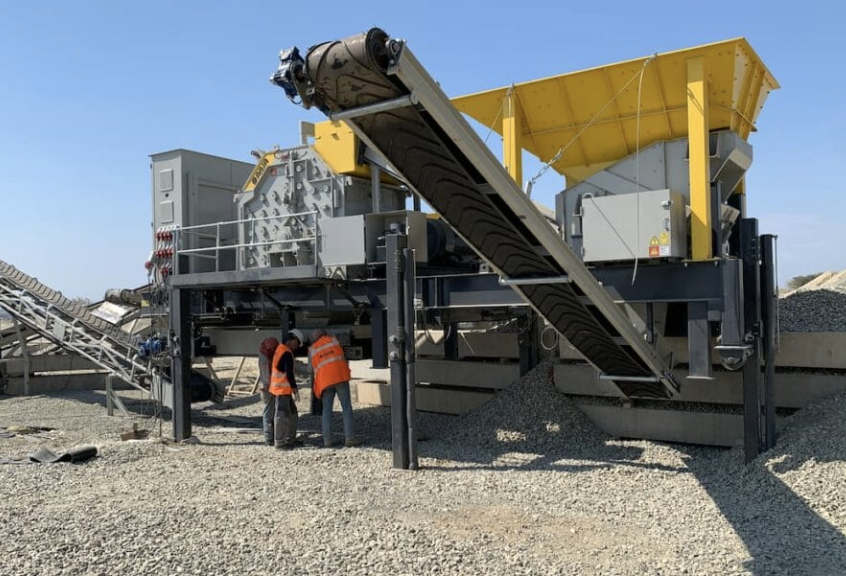
Key Features to Look For:
- Ease of cleaning (essential for multi-material labs)
- Jaw plate accessibility (quick replacement saves time)
- Dust control options for safe, clean operation
- Energy efficiency to reduce long-term costs
| Особенность | Operational Advantage |
|---|---|
| Modular jaw plates | Quick replacement, less downtime |
| Enclosed housing | Reduces noise and dust |
| Overload protection | Prevents mechanical failure |
A well-designed crusher keeps your workflow smooth and downtime low.
Заключение
Choosing a jaw crusher isn’t just about specs—it’s about aligning performance with your material type, capacity goals, particle size needs, and long-term usability. Whether you’re in a testing lab or running a production facility, the right jaw crusher ensures efficient, consistent, and cost-effective sample processing.
-
Understanding hardness in materials can help you choose the right crusher for your needs, ensuring efficiency and durability. ↩
-
Exploring the impact of abrasiveness on crusher materials can enhance your knowledge of equipment longevity and performance. ↩
-
Learning about sample purity can guide you in selecting the right equipment for analytical labs, preventing contamination. ↩
-
Exploring the differences can help you choose the best method for your production needs, optimizing efficiency and output. ↩
-
Learn when a secondary crusher is needed to enhance product quality and meet specific size requirements in your operations. ↩
-
Understanding throughput need is crucial for selecting the right crusher type, ensuring efficiency and cost-effectiveness in operations. ↩
-
Understanding max sample size helps ensure optimal performance and efficiency in crushing operations. ↩
-
Tool-free gap adjustment can significantly speed up workflow changes, improving productivity in crushing processes. ↩


